Garden in the Sea (2012)
ジャンル : ドキュメンタリー
上映時間 : 1時間 9分
演出 : Thomas Riedelsheimer
シノプシス
Jardín en el Mar is the story of an exceptional project. Several years ago, a group of enthusiastic and committed people started to work for the protection of the Islands in the Sea of Cortez in Baja California Sur, Mexico. Thanks to this effort all the Islands became a UNESCO world heritage side, but the story of Espíritu Santo island is especially remarkable. It was bought back from different owners and donated to the people of Mexico for its conservation in perpetuity. To celebrate the success of all the efforts and to remind people of our close relation to the ocean, renowned Spanish artist Cristina Iglesias was asked to make a piece of art for the Island. Cristina decided to create a "Garden in the Sea", a labyrinth-like setting of various screens sunk into the sea, that nature will grow over, generating marine life.
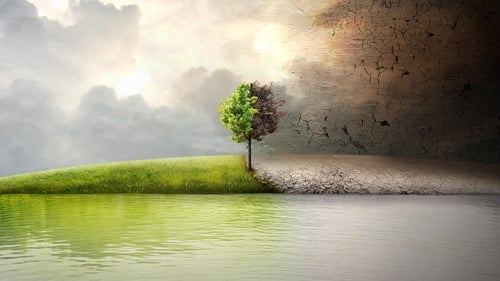
A look at how climate change affects our environment and what society can do to prevent the demise of endangered species, ecosystems, and native communities across the planet.
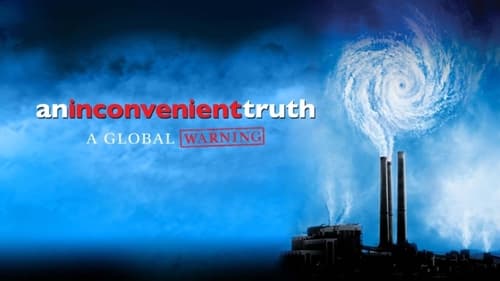
アル・ゴア元米副大統領が環境問題を提起するドキュメンタリー映画。彼のスライド講演を中心に、地球崩壊の危機を訴える。監督は、『24 TWENTY FOUR』や『ER 緊急救命室』を手がけたデイヴィス・グッゲンハイム。
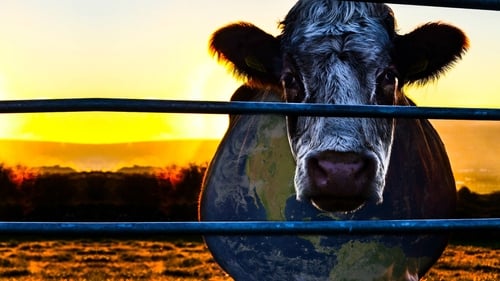
Follow the shocking, yet humorous, journey of an aspiring environmentalist, as he daringly seeks to find the real solution to the most pressing environmental issues and true path to sustainability.
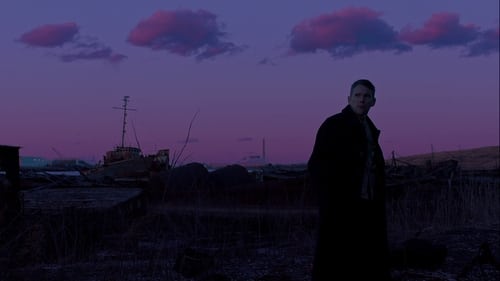
巨匠ポール・シュレイダー監督が構想50年の末に完成させたサスペンス。夫に出産を反対されている女性の相談を受けた神父が、教会が汚職企業から献金を受けていることを知らされ、内なる怒りに苦しむことに……。

A diminishing water supply is driving people from their land in a remote region of Nepal. The younger generation of the Gurung family adapts by commuting from their ancestral home, where subsistence depends on grazing goats and cows, to a village that has a commercial apple orchard, fed by irrigation. “We cannot give up cultivating our fields,” a elderly man explains. “The apple farm is not going to be able to feed us easily.” The older generation believes that water shortages stem from road building and bulldozing, upsetting the natural order, a young man explains. Both generations fly prayer flags, beseeching water.

The story of life on our planet by the man who has seen more of the natural world than any other. In more than 90 years, Attenborough has visited every continent on the globe, exploring the wild places of our planet and documenting the living world in all its variety and wonder. Addressing the biggest challenges facing life on our planet, the film offers a powerful message of hope for future generations.

Every day our changing climate pushes us closer to an environmental catastrophe, but for most the problem is easy to ignore. David Hallquist, a Vermont utility executive, has made it his mission to take on one of the largest contributors of this global crisis-our electric grid. But when his son Derek tries to tell his father's story, the film is soon derailed by a staggering family secret, one that forces Derek and David to turn their attention toward a much more personal struggle, one that can no longer be ignored. - Written by Aaron Woolf

An eye-opening documentary that asks the question: Are we going to let climate change destroy civilization, or will we act on technologies that can reverse it? Featuring never-before-seen solutions on the many ways we can reduce carbon in the atmosphere thus paving the way for temperatures to go down, saving civilization.
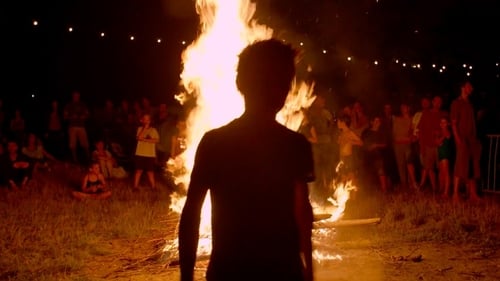
Today, like a ship entering the storm, the world faces climate change induced collapse. Once You Know, by director Emmanuel Cappellin, is a poetic and poignant exploration of how four of the world’s leading climate scientists and energy experts find truth, chaos, and hope in their work.

An examination of the extinction threat faced by frogs, which have hopped on Earth for some 250 million years and are a crucial cog in the ecosystem. Scientists believe they've pinpointed a cause for the loss of many of the amphibians: the chytrid fungus, which flourishes in high altitudes. Unfortunately, they don't know how to combat it. Included: an isolated forest in Panama that has yet to be touched by the fungus, thus enabling frogs to live and thrive as they have for eons.
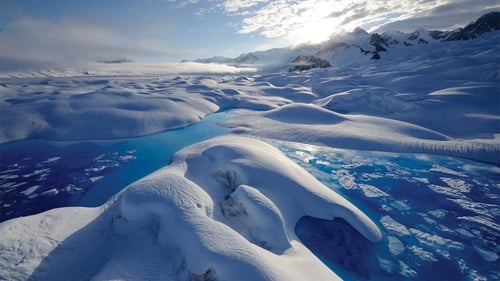
In the far North, in the late fall, at a time of year when it should be covered with ice, the sea remains frozen along the coast of Greenland. Glaciers are melting and shedding chunks of ice that are scattered across the ocean surface. The animals inhabiting the land and water are threatened by warming temperatures and loss of sea ice. Climate change is fundamentally altering the natural environment of Greenland and affecting the lives of its wildlife and indigenous people. Greenlanders, who have survived for generations by hunting, are now losing their prey and their traditional way of life. They are facing the stark reality of a warming climate and are trying to adapt. Until now, the Inuit people who were born in Greenland and know only their traditional life of hunting, have never thought of a different place, a different life, a different future. But now they must face the possibility of losing their ancient traditions and their prey along with the disappearing ice.
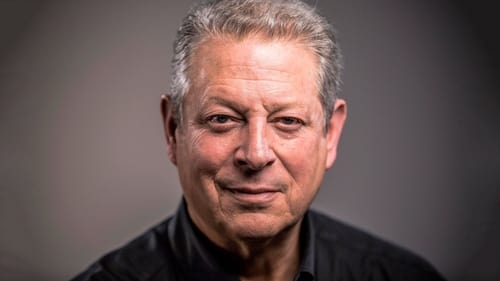
A decade after An Inconvenient Truth brought climate change into the heart of popular culture comes the riveting and rousing follow-up that shows just how close we are to a real energy revolution. Vice President Al Gore continues his tireless fight, traveling around the world training an army of climate champions and influencing international climate policy. Cameras follow him behind the scenes—in moments private and public, funny and poignant—as he pursues the empowering notion that while the stakes have never been higher, the perils of climate change can be overcome with human ingenuity and passion.

Sheds light on an alternative approach to farming called “regenerative agriculture” that could balance our climate, replenish our vast water supplies, and feed the world.

An epic journey along Africa's Great Green Wall — an ambitious vision to grow a wall of trees stretching across the entire continent to fight against increasing drought, desertification and climate change.
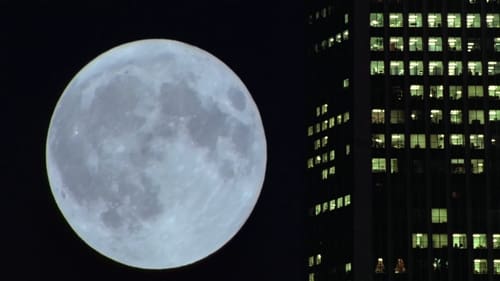
Takes us to locations all around the US and shows us the heavy toll that modern technology is having on humans and the earth. The visual tone poem contains neither dialogue nor a vocalized narration: its tone is set by the juxtaposition of images and the exceptional music by Philip Glass.

自然の恵み多き東京は多摩丘陵。そこに住むタヌキたちはのんびりとひそやかに暮していた。しかし、宅地造成による自然破壊によって、タヌキたちのエサ場が次第に少なくなっていた。自分たちの住処を守るため、タヌキたちは先祖伝来の“化け学”で人間たちに対抗することにする。
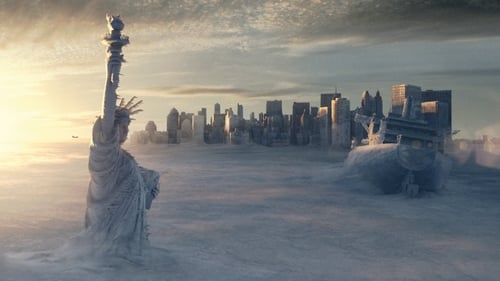
南極で研究を続ける古代気象学者ジャック・ホール教授は調査データから地球規模の自然危機を予感する。そして、その4か月後、東京などで異常気象が発生し彼の嫌な予感は現実味を帯びてくる。
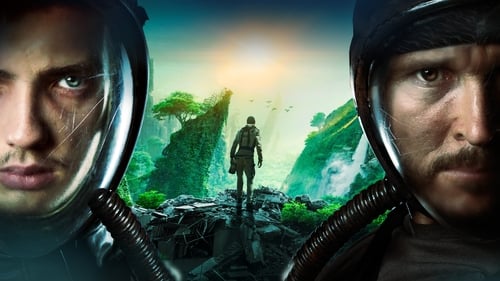
急激な酸素の減少と、未知のウイルスにより人類が滅亡の危機に陥った2067年。青年イーサンは、感染症に苦しむ妻ザンディのため必死に働いていた。そんなある日、彼は人工酸素の生産で世界を牛耳るクロニコープ社に呼び出される。同社が極秘実験中のタイムマシンに、407年後の未来から「イーサンを送れ」とのメッセージが届いたのだ。人類と、何より妻を救えるかもしれないと、イーサンはひとり未来へ向かうのだが……。

When National Geographic photographer James Balog asked, “How can one take a picture of climate change?” his attention was immediately drawn to ice. Soon he was asked to do a cover story on glaciers that became the most popular and well-read piece in the magazine during the last five years. But for Balog, that story marked the beginning of a much larger and longer-term project that would reach epic proportions.
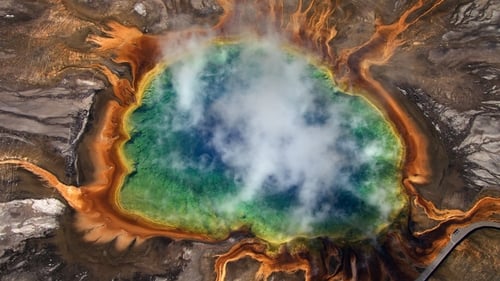
In 200,000 years of existence, man has upset the balance on which the Earth had lived for 4 billion years. Global warming, resource depletion, species extinction: man has endangered his own home. But it is too late to be pessimistic: humanity has barely ten years left to reverse the trend, become aware of its excessive exploitation of the Earth's riches, and change its consumption pattern.



















